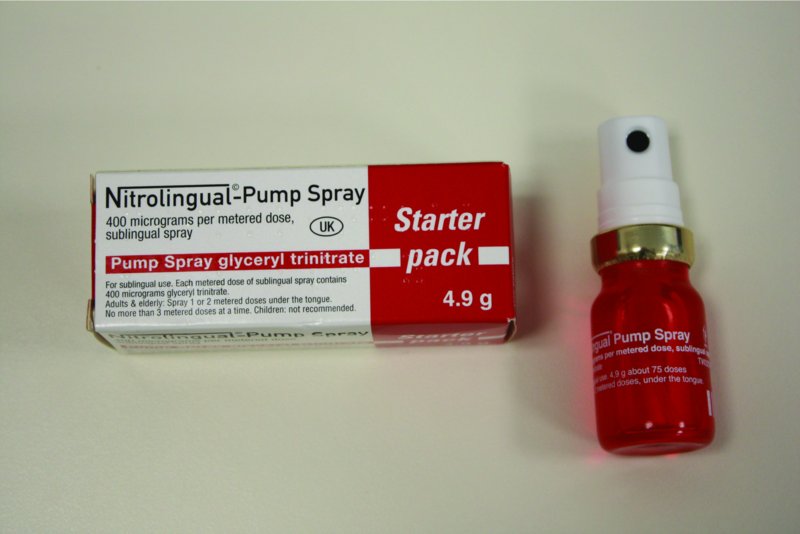Chapter 5
Cardiovascular disorders
INTRODUCTION
Cardiovascular disease (CVD) is the collective term for all diseases affecting the circulatory system (heart, arteries, blood vessels) (British Heart Foundation, 2012). In 2010, CVD were the United Kingdom’s biggest killer: almost 180,000 people died from CVD, around 80,000 of these deaths being from coronary heart disease (CHD) and around 49,000 from strokes (British Heart Foundation, 2012). CVD causes around 46,000 premature deaths in the United Kingdom, 68% of which are in men (British Heart Foundation, 2012). Each year approximately 146,000 people suffer a myocardial infarction (MI; heart attack); one in three of these die before reaching hospital (British Heart Foundation, 2013). Chest pain, a characteristic symptom of CVD, is the commonest reason for alerting the emergency services; 10% of casualties taken to hospital with chest pain have had an acute MI (Laird et al., 2004).
The aim of this chapter is to understand the management of cardiovascular disorders.
MANAGEMENT OF ANGINA
Angina is a symptom of CHD. It is characterised by a heaviness or tightness in the centre of the chest that may spread to the arms, neck, jaw, face, back or stomach. Angina occurs when the arteries become so narrow that not enough oxygen-containing blood can reach the heart when its demands are high, such as during exercise (British Heart Foundation, 2012).
Angina is usually associated with risk factors including smoking, hypercholesterolaemia, hypertension, diabetes mellitus or a family history of ischaemic heart disease under the age of 60 years (Laird et al., 2004).
In angina, the pain will ease with rest, though the administration of glyceryl trinitrate (GTN) spray or tablets may also be needed. Hospital admission is not necessary if the symptoms are mild and resolve with the patient’s own medication (Resuscitation Council (UK), 2012; British Medical Association and Royal Pharmaceutical Society, 2012).
Patients diagnosed with angina, who are registered at the dental practice, should be asked to bring in their GTN with them when they attend for a check-up or treatment.
Precipitants
Precipitants of angina include:
- exercise, particularly climbing stairs or an incline;
- emotion, particularly anger or anxiety;
- a large meal – can increase cardiac output by 20%;
- cold, windy weather;
- exciting programmes on television – ‘match of the day’ angina;
- life-like, frightening dreams;
- sexual intercourse, particularly if extramarital or with a new partner.
Source: British Heart Foundation (2013)
In the dental practice, a patient with a history of angina could develop angina if he has to walk up some stairs to the surgery or if he is very stressed about having dental treatment.
Signs and symptoms
- A crushing pain, heaviness or tightness in the chest; or
- A pain in the arm, throat, neck, jaw, back or stomach;
- Sometimes the pain is associated with sweating, light-headedness, sickness or becoming short of breath.
Source: British Heart Foundation (2013)
Treatment
If a patient, who has already been diagnosed with CHD and has GTN spray or tablets, develops the above symptoms in the dental practice: often this will be angina that can be managed with rest and GTN, but it could be a MI (heart attack) (British Heart Foundation, 2013). The patient should be managed as follows (British Heart Foundation, 2013):
- Ask the patient to stop what he is doing or sit down and rest.
- Ask the patient to take his GTN spray or tablets (Figure 5.1) as prescribed by his general practitioner. It is recommended that the dental practice should stock GTN, in case the patient does not have his own GTN with him (Resuscitation Council (UK), 2012).
- If the pain has not eased within a few minutes, ask the patient to take a second dose.
- If, after the repeated dose, the pain does not ease within a few minutes, call 999 for an ambulance immediately. In addition, if the patient is not allergic to aspirin, administer 300 mg (ask him to chew it); this is administered for its anti-platelet effect (British Medical Association and Royal Pharmaceutical Society, 2012).
- Even if the symptoms do not match the ones described above, but it is suspected that the patient is having a MI, call 999 for an ambulance immediately.
NB: Patients with known angina are usually asked to have their GTN spray easily accessible when attending for dental treatment.

Figure 5.1 Glyceryl trinitrate spray.
MANAGEMENT OF MYOCARDIAL INFARCTION
In the United Kingdom alone, over 146,000 people each year have a MI (British Heart Foundation, 2013). MI is the leading cause of death in the United Kingdom (Wyatt et al., 2012), accounting for 90,000 deaths each year (British Heart Foundation, 2013).
Of sudden cardiac deaths 50% occur within the first hour of onset, and 75% within three hours of onset, of an acute MI (Laird et al., 2004). The most common cause of death is ventricular fibrillation (Jevon, 2009).
The risk of this, together with the life-saving benefits of coronary reperfusion therapy (usually percutaneous transluminal coronary angioplasty (PTCA)), reinforces the importance of ensuring that the dental practice dials 999 for an ambulance if a patient is suspected of having an MI (Jevon, 2006). Approximately 1.4 million people over the age of 35 years living in the United Kingdom have survived a heart attack (British Heart Foundation, 2013).
Aspirin 300 mg (Figure 5.2) is a key treatment therapy, particularly in the pre-hospital situation (NICE, 2010; St John Ambulance et al., 2010; Resuscitation Council (UK), 2012; British Heart Foundation, 2013), as it reduces the incidence of coronary reocclusion following thrombolytic therapy, reducing the incidence of cardiac death. It should be administered as soon as possible as long as the patient is not allergic to it (NICE, 2010). If aspirin is chewed, it is absorbed more quickly than if it is swallowed, in the early stages of an acute MI (Resuscitation Counci/>
Stay updated, free dental videos. Join our Telegram channel

VIDEdental - Online dental courses


